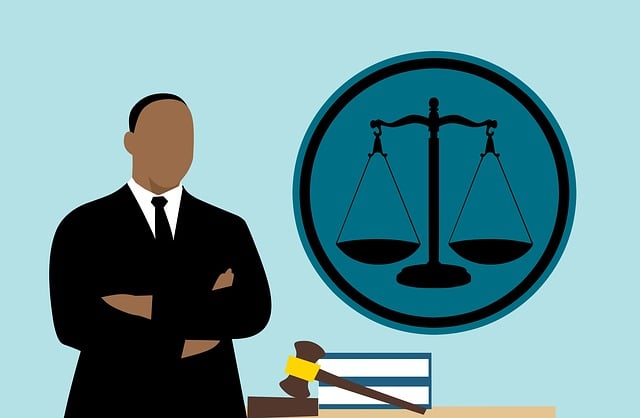Pain and suffering compensation is a key aspect of personal injury law, addressing non-economic damages like mental anguish, emotional distress, and reduced quality of life caused by incidents such as defective products or caregiver negligence. To claim this compensation, individuals must detail the impact of their physical injuries on daily life, work capabilities, and overall well-being, including chronic conditions and psychological treatments. Additionally, they should list out-of-pocket expenses related to medical care and adaptive equipment. A personal injury lawyer can assist in crafting a compelling statement, ensuring fair compensation for both tangible and intangible losses, which includes organizing experiences and emotional distress caused by the incident.
In pursuit of justice for endured pain and suffering, crafting a compelling statement is pivotal. This guide navigates the intricate process of claiming what you deserve—compensation for the hardships you’ve experienced. Understanding pain and suffering compensation opens doors to financial relief, offering a crucial support system. By unveiling the essential elements to include, from personal narratives to medical records, we empower individuals to secure a fair settlement. Master these tips to transform your statement into a powerful advocate for your well-being.
- Understanding Pain and Suffering Compensation: What It Entitles
- Elements to Include in Your Statement for Compensation
- Tips for Crafting a Compelling and Effective Statement
Understanding Pain and Suffering Compensation: What It Entitles

Pain and suffering compensation is a critical aspect of personal injury law, aiming to provide financial relief for the non-economic harm experienced by victims. This type of compensation recognizes that injuries go beyond physical healing; they can significantly impact an individual’s emotional well-being, quality of life, and overall enjoyment of life. When you’re dealing with pain and suffering, it involves addressing the mental anguish, emotional distress, and loss of enjoyment caused by various incidents like defective products, real estate disputes, or caregiver negligence.
Victims may face challenges that include reduced mobility, changes in their ability to perform daily tasks, and a diminished sense of independence—all of which contribute to their overall suffering. Pain and suffering compensation is designed to acknowledge these non-monetary losses and offer a measure of justice. It aims to restore victims to as close to normal life as possible after an injury-causing event.
Elements to Include in Your Statement for Compensation

When crafting your statement for pain and suffering compensation, several key elements are crucial to include. First, detail the nature and extent of your injuries, including any physical limitations or chronic conditions that have resulted from the incident in question. Provide specific examples of how these injuries impact your daily life, work capabilities, and overall quality of life. This could involve lost time at work, reduced earning potential, or the need for ongoing medical care.
Additionally, address the emotional distress caused by the experience. Accidental events often lead to significant mental health impacts, such as anxiety, depression, or post-traumatic stress disorder (PTSD). Describe the psychological effects and any treatments you’ve sought or may require in the future. It’s also essential to mention any out-of-pocket expenses related to your injuries, like medical bills, prescription costs, or adaptive equipment, as these are generally considered compensable elements in pain and suffering cases, especially when fiduciary duty breaches have occurred. An accident lawyer can help navigate insurance disputes and ensure you receive fair compensation for all associated damages.
Tips for Crafting a Compelling and Effective Statement

Crafting a compelling statement for pain and suffering compensation is essential when seeking fair reimbursement for your damages. Start by clearly outlining your experiences and the corresponding emotional distress caused by the incident. Describe in detail the sequence of events, focusing on how the accident affected your daily life, mental well-being, and overall quality of life. Use specific examples to illustrate your pain and suffering, including any medical treatments or therapies you’ve undergone as a result.
When writing about employment contracts or slip and fall injuries, for instance, detail the impact on your career prospects or physical abilities. A personal injury lawyer can guide you in structuring your statement, ensuring it’s well-organized, fact-based, and persuasive. Use language that conveys sincerity and urgency to advocate for a fair compensation package that accounts for both tangible and intangible losses, such as medical bills, lost wages, and emotional trauma.
When crafting your statement for pain and suffering compensation, it’s essential to convey the full extent of your experience. By including specific details about your injuries, their impact on daily life, and any emotional distress, you can create a compelling case. Remember to follow these tips and incorporate key elements to ensure your claim is effective and successfully communicates your needs for compensation.






